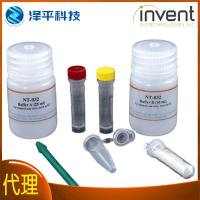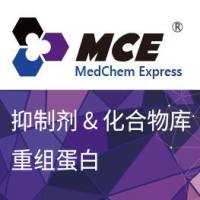Extraction of RNA from Plants
互联网
378
Current research into the structure and function of plant genes involves the application of many elaborate techniques for gene cloning and analysis. The isolation of pure, intact plant mRNA is required at many stages in this process, e.g., for generation and screening of cDNA clones, for characterization and mapping of cloned genes, and for the study of gene expression. The isolation of RNA from plants, however, often presents more problems than many of the sophisticated procedures used subsequently. Not only is there the problem of RNA degradation by endogenous and exogenous nucleases (common to RNA isolation from any organism), there is also the particular problem of extracting RNA from plant material that may be rich in starch, pectins, phenolics, and various other secondary products. Many of these plant products are not removed during conventional phenol extraction procedures, such as the one described previously in this series (1 ). Clearly the problems encountered in obtaining clean, undegraded RNA from any particular plant tissue will vary according to the level of nuclease activity and the range of possible contaminants, and it might be expected that different solutions would be required in each case.








